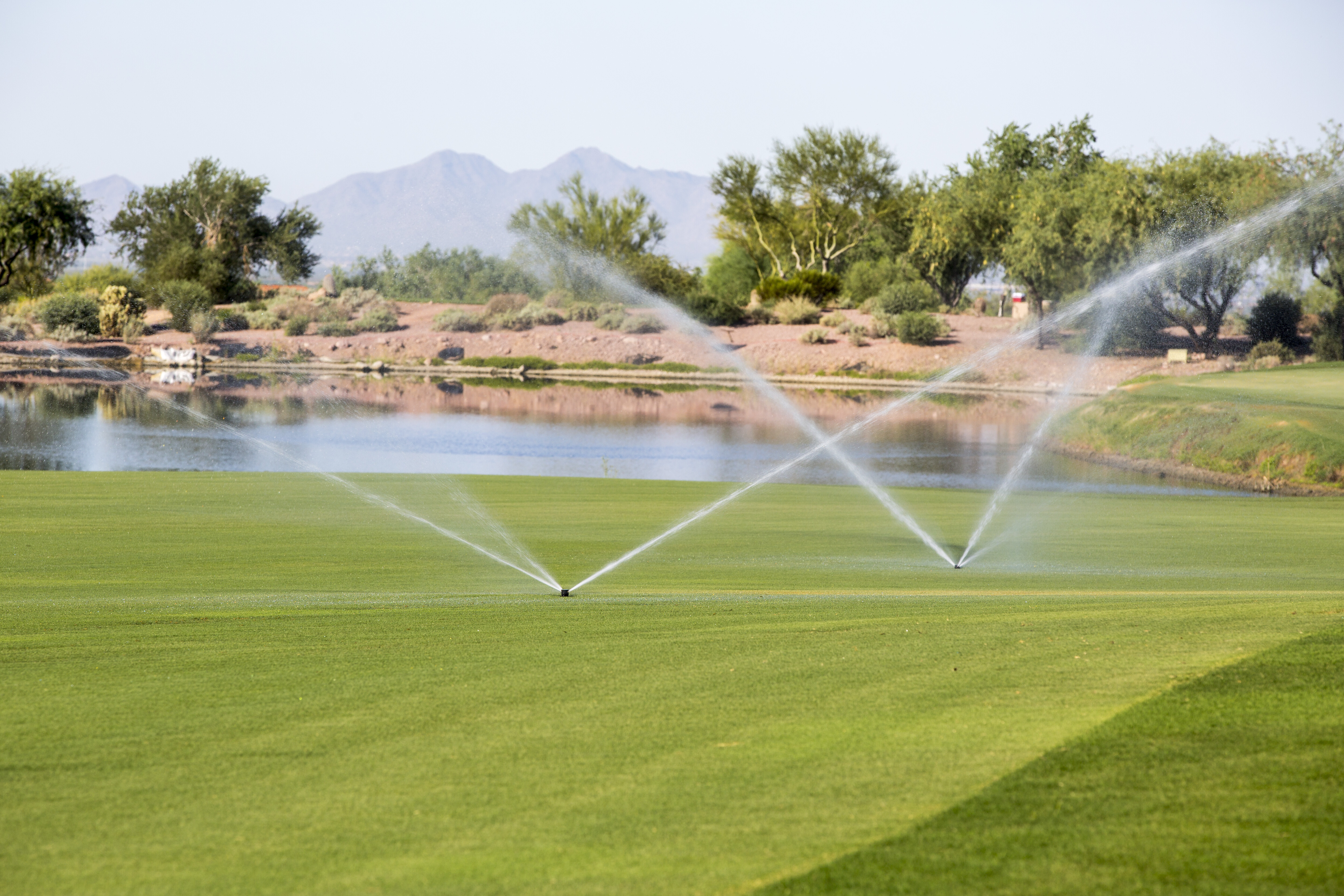Winter months are critical for keeping turf and irrigation systems in optimal shape. Even when grass appears dormant, it benefits from consistent moisture and protection against the season's dry, cold winds. Winter also offers an ideal time to focus on irrigation maintenance, allowing for a smooth transition to spring.
In regions without snow cover, turf can dry out due to cold, windy weather, which robs moisture from the soil and weakens grass. To counter this, regularly monitor soil moisture levels with a probe or moisture meter.
Aim for a moisture level between 10% and 15%, which supports grass health without risking overwatering.
Watering mid-afternoon during winter, when temperatures are highest, allows water to soak into the soil without the risk of freezing overnight. Additionally, wetting agents—typically used in summer—can be applied in late fall to help the soil retain moisture.
According to research from the University of Arkansas, wetting agents applied before winter improve soil moisture retention and reduce hydrophobic soil conditions, helping to protect turf from drying out and promoting healthier green-up in spring
The slower pace of winter is an ideal time to address irrigation system needs. Begin by exercising mainline valves, which involves opening and closing them to prevent sticking and ensure they’re functioning well.
Cleaning the pumps, pump house, and storage areas is essential for longevity and reduces the maintenance load in spring. Take stock of your irrigation parts and supplies so you're well-prepared for repairs or upgrades when the growing season arrives.
Testing backflow prevention devices is another key winter task that helps prevent contamination in the irrigation system. Reviewing and backing up your irrigation programs on the central computer also ensures that data is secure and ready for use in the coming months.
Finally, raising and leveling sprinklers and valve boxes helps maintain an efficient watering system, preventing uneven coverage and simplifying routine maintenance during spring and summer.
Together, these winter practices for turf and irrigation management keep grass healthier through the colder months and ensure the irrigation system is in prime condition for spring. Following these steps supports the transition to a lush, green golf course when warm weather returns.




